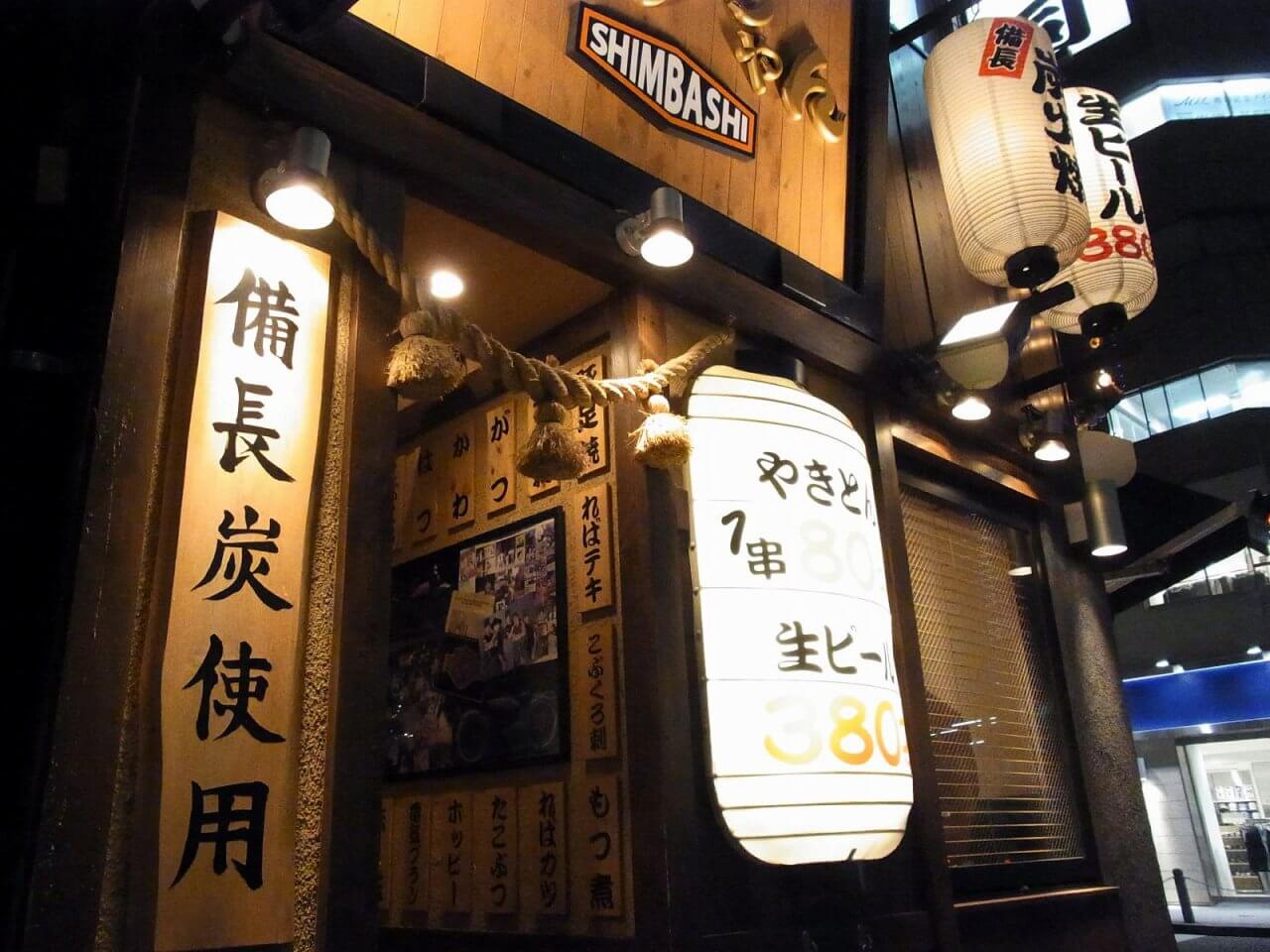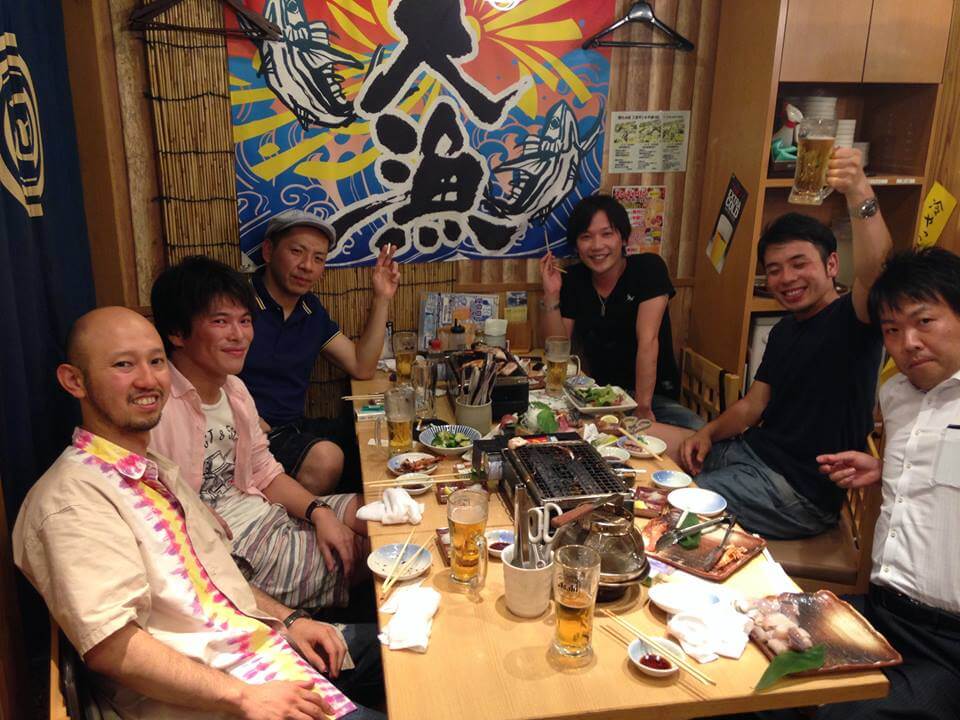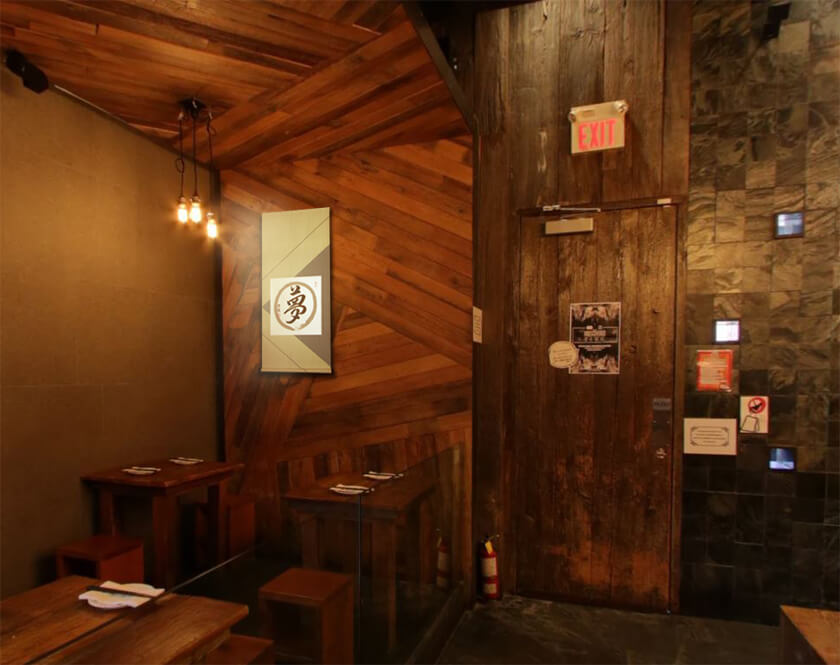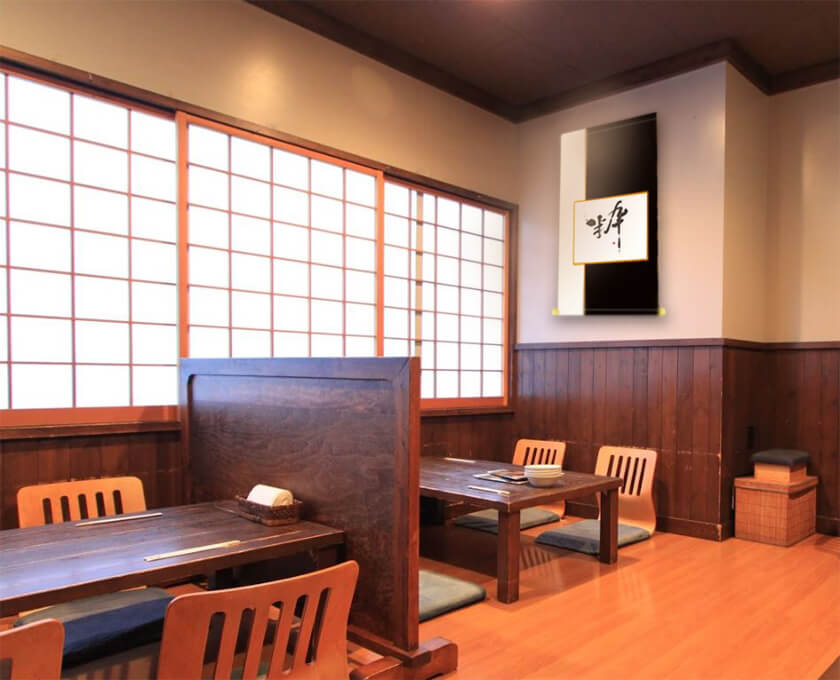Kitanoya Guu Izakaya in Canada Is So Cool.
Izakaya
Japanese culture has recently become extremely popular all over the world. Japanese cuisine (called washoku) is as popular as Anime and Manga. Washoku, a traditional Japanese food culture, was registered as an Intangible Cultural Heritage by UNESCO in 2013.
The izakaya, which is a type of informal Japanese drinking establishment that serves food to accompany the drinks, has also become well-known in many foreign countries thanks to the boom. The existence of the izakaya is taken for granted in Japan, so I had never consciously recognized its uniqueness until people from other countries pointed it out.

Izakaya
According to MIC’s survey in 2006, at that time there were more than 300 thousand drinking establishments in Japan. Japan is the only country where there are so many. Moreover, many of them serve not only snacks for drinks but also delicious meals. These establishments are called izakaya, which are an aspect of Japan’s unique culture. This izakaya style is very rare in the world because in Europe and the United States the restaurant and the bar are distinguished differently in many cases. The restaurant mainly serves meals while the bar does drinks. The English pub is the equivalent of the izakaya, but it also mainly serves drinks. The izakaya serves both foods and drinks, and there are so many izakaya in Japan. I think it is natural that many people from other countries are pleasantly surprised the first time they visit an izakaya. Even after returning to their own countries, they apparently miss it.

Izakaya atmosphere
Izakaya style drinking establishments are getting to be popular in Europe and the United States. In some big American cities, there are even some izakaya where it’s almost impossible to make a reservation.
Kitanoya Guu Izakaya
I like to surf the net, so I looked up izakaya style establishments in the world online. And then, I found an interesting one. This izakaya’s name is “Kitanoya Guu” in Canada. Kitanoya Guu is the pioneer of izakaya with Japanese spirit in Canada. Starting by serving locals in Vancouver, they have reached six locations in Vancouver and two locations in Toronto today. Kitanoya Guu values not only serving authentic izakaya food and drink, but also a warm atmosphere and the Japanese spirit. Guu’s members always welcome their guests with energetic greetings.
I watched a video of Kitanoya Guu on Youtube. It seemed that Kitanoya Guu is very lively and fun. It looks just like a Japanese izakaya.
The Kitanoya Guu members are young! Whenever I watch young people who try to promote Japanese culture to the world, I’m very impressed. This is because I’m in the same generation as them and also trying to promote the kakejiku (Japanese hanging scroll) to the world. I want to visit Kitanoya Guu izakaya in Canada someday.
Kakejiku (Japanese Hanging Scroll)
The kakejiku is a tool to convey the host’s heart of hospitality to the guest. The kakejiku has both art and the means to express feelings, therefore the kakejiku is said to be Japanese unique cultural tradition. I want such the izakaya and restaurant to display the kakejiku. For example, the kakejiku of izakaya is changed depending on the occasions, seasons, guests and feelings. When the guests who notice the change ask the staff why, they explain the reasons behind the kakejiku. The guests can understand Japanese delicate hospitality and culture more deeply, and come to like the izakaya more and more. I think the use of the kakejiku like this is ideal.
I suppose these kakejiku will suit Kitanoya Guu izakaya as below.

Kakejiku Image of Kitanoya Guu izakaya: Yume (Dream)
This kanji “yume” (Chinese character) means dream. I felt Mr. Masaru Ogasawara’s dream through the video. He is very energetic, so I think he is a person who can give many people dreams. This is the reason why I chose this kakejiku.

Kakejiku Image of Kitanoya Guu izakaya: Iki (One of the Japanese Aesthetic senses)
Iki is a Japanese aesthetic sense. It means stylish and cool. For more information about iki, please click. I felt the Kitanoya Guu members are very iki. They are enjoying the present, so they are so cool. This is the reason why I chose this kakejiku.
The izakaya is an aspect of Japan’s unique culture. Kitanoya Guu is trying to convey the attractiveness of the izakaya, so I was very impressed. The kakejiku, which has developed from the Japanese heart of hospitality (omotenashi), is a wonderful cultural tradition. I want to convey the attractiveness of the kakejiku all over the world someday like them.
Thank you so much for Kitanoya Guu’s power. I wish you luck.

